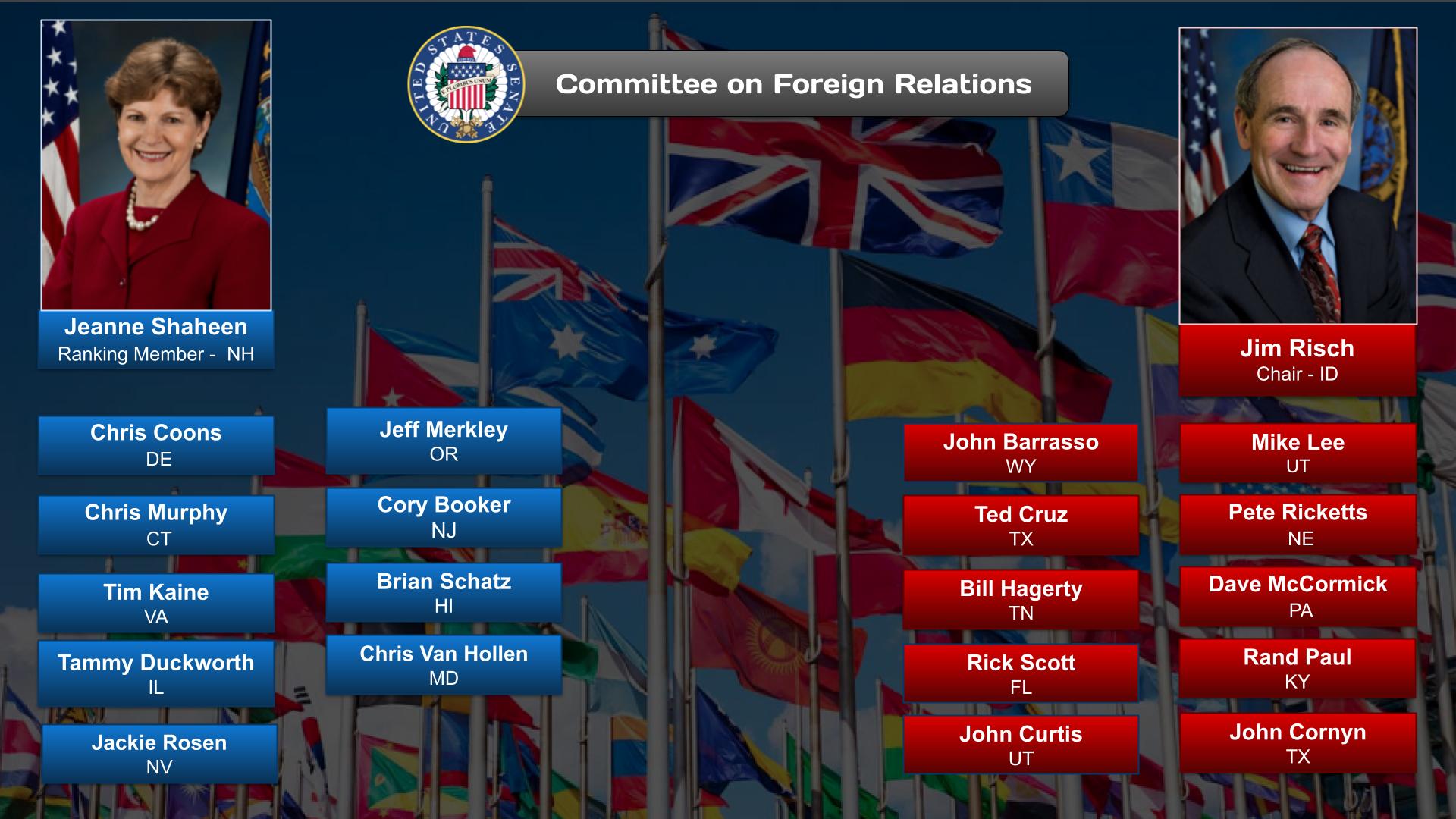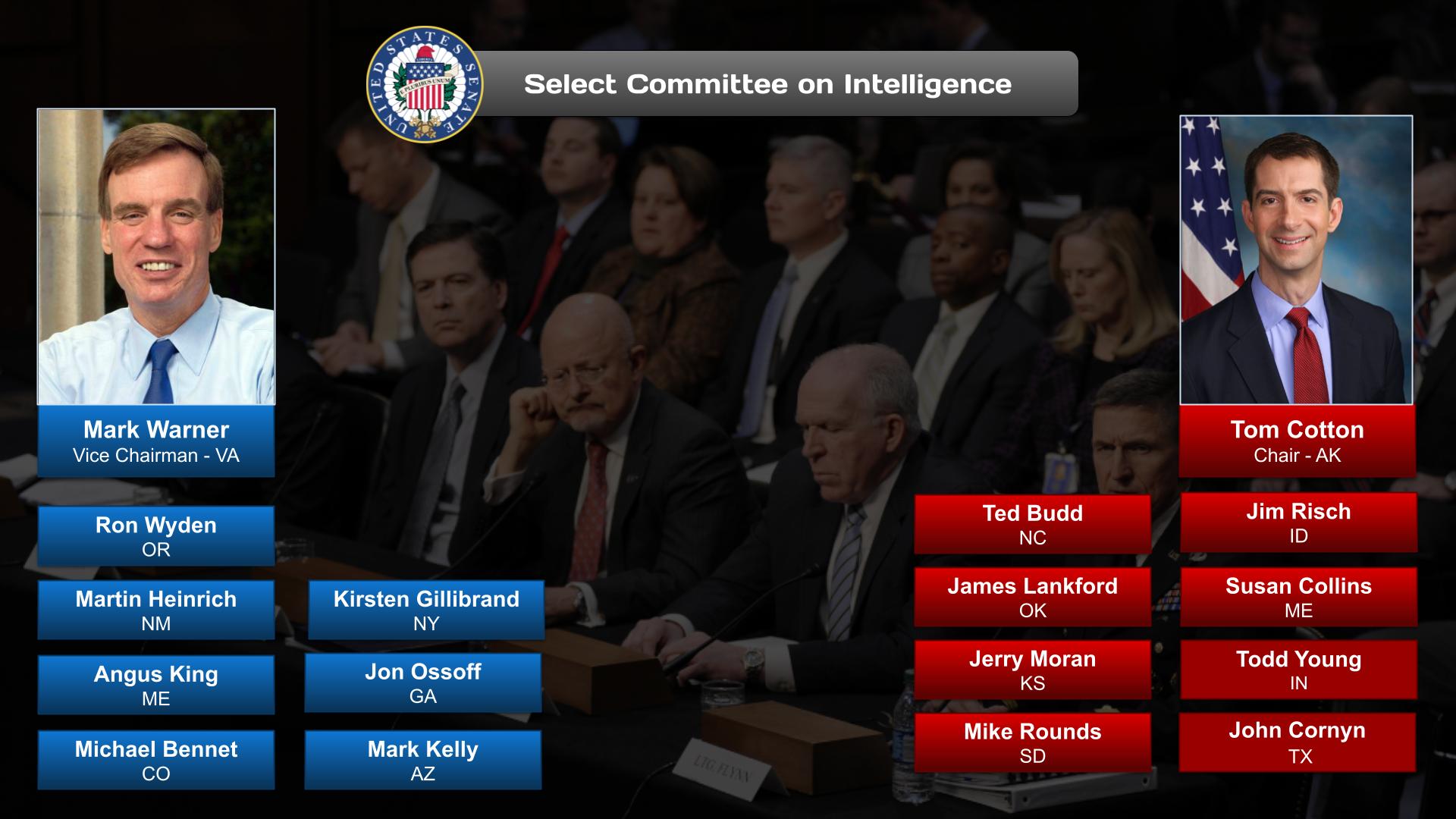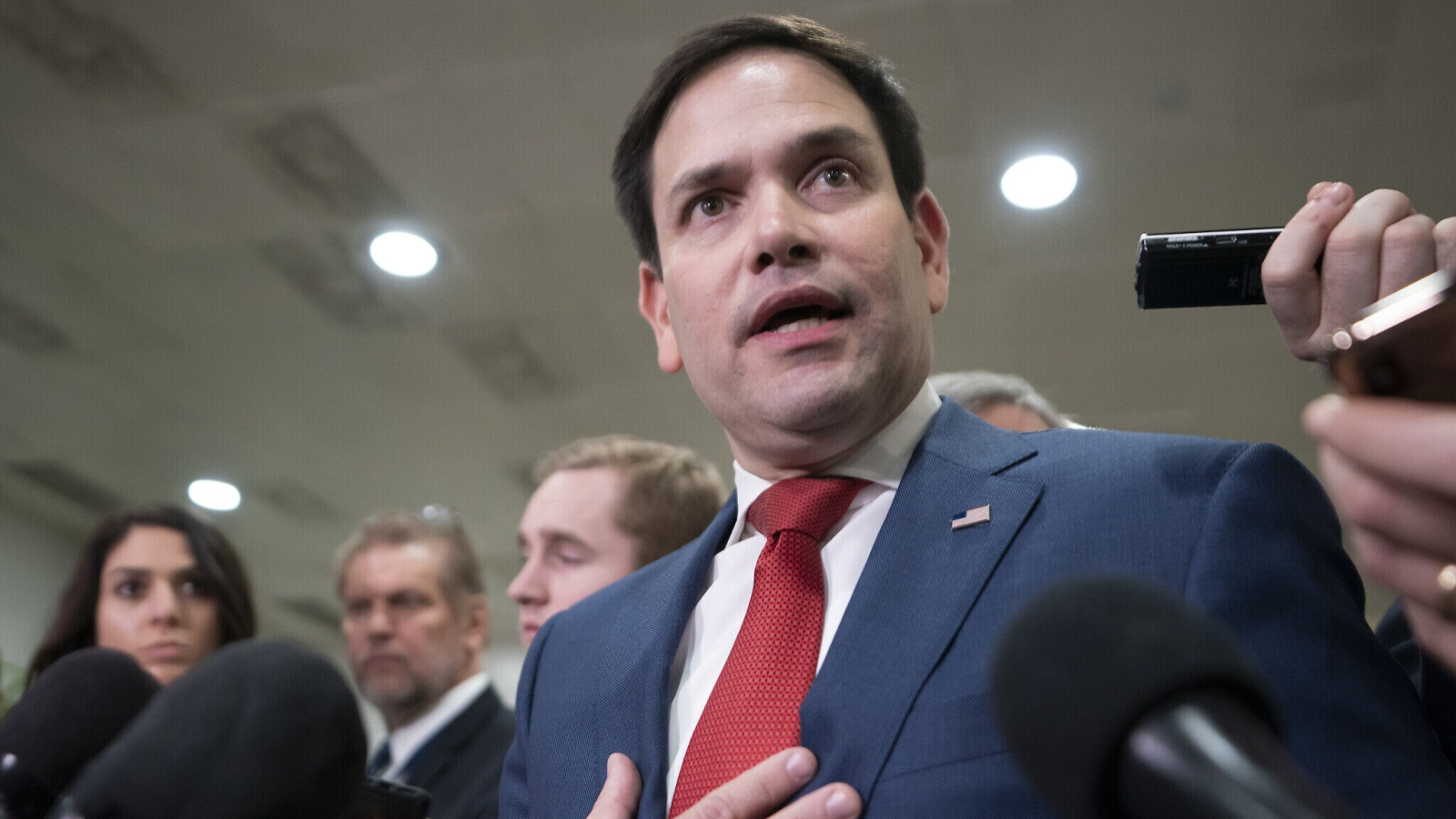General Assembly: 10th emergency special session (continued) – Illegal Israeli actions in Occupied East Jerusalem and the rest of the Occupied Palestinian Territory. With 143 votes in favour, nine against, and 25 abstentions, the General Assembly today (10 May) adopted a resolution pressing the Security Council to give ‘favourable consideration’ to full Palestinian membership.
Speaking before the vote, Palestinian Ambassador Riyad H. Mansour said, “we faced and continue to face attempts to push us out of geography and out of history, but by forcible displacement, subjugation or death, or to say it in even clearer terms by ethnic cleansing, apartheid, or genocide.” Mansour said, “against all odds, we survived. Our flag flies high and proud in Palestine and across the globe and on the campus of Columbia University. It has become a symbol raised by all those who believe in freedom and is just rule; by all those who can no longer stand idly by in the face of such utter injustice.”
The Ambassador told member states, “you can decide to stand by the right of a nation to live in freedom and dignity on its ancestral land; to stand with peace, which requires the recognition of our rights, not their continued denial. Or you can stand on the sidelines of history or worse, obstruct its natural path forward.”
For his part, Israeli Ambassador Gilad Erdan said that in the face of the Nazi’s “genocidal plot, the forces of good came together in order to end this horror, to return freedom and peace to the world. And following the Allies victory, this institution, here the United Nations, was founded, with the mission of ensuring such tyranny never raises its ugly head again.” Today, he continued, “you’re about to do the exact opposite, and advance the establishment of a Palestinian terrorist state, which will be led by the Hitler of our times.” Erdan said, “as long as so many of you are Jew hating, you don’t really care that the Palestinians are not peace loving. Despite your obligation to the UN Charter, you are here today to expose what the charter truly means to you.
When it comes to the lives of Israelis and Jews, the UN Charter means nothing to you, nada, kaput. By ignoring the charter and granting the Palestinians the privileges of a member state, you are proving that morality is just a slogan for you while politics and interest prevail.” Proceeding to destroy the UN Charter in a portable shredding machine, he said, “you are shredding the UN Charter with your own hands. Yes, that’s what you’re doing reading the UN Charter.”
By adopting this resolution, the General Assembly will upgrade the rights of the State of Palestine within the world body – but not the right to vote or put forward its candidature to organs such as the Security Council or the Economic and Social Council (ECOSOC). Granting Palestinian membership requires a recommendation from the Security Council.
At the same time, the Assembly determines that the State of Palestine is qualified for such status and recommends that the Security Council “reconsider the matter favourably”. None of the upgrades in status will take effect until the new session of the Assembly opens on 10 September.















